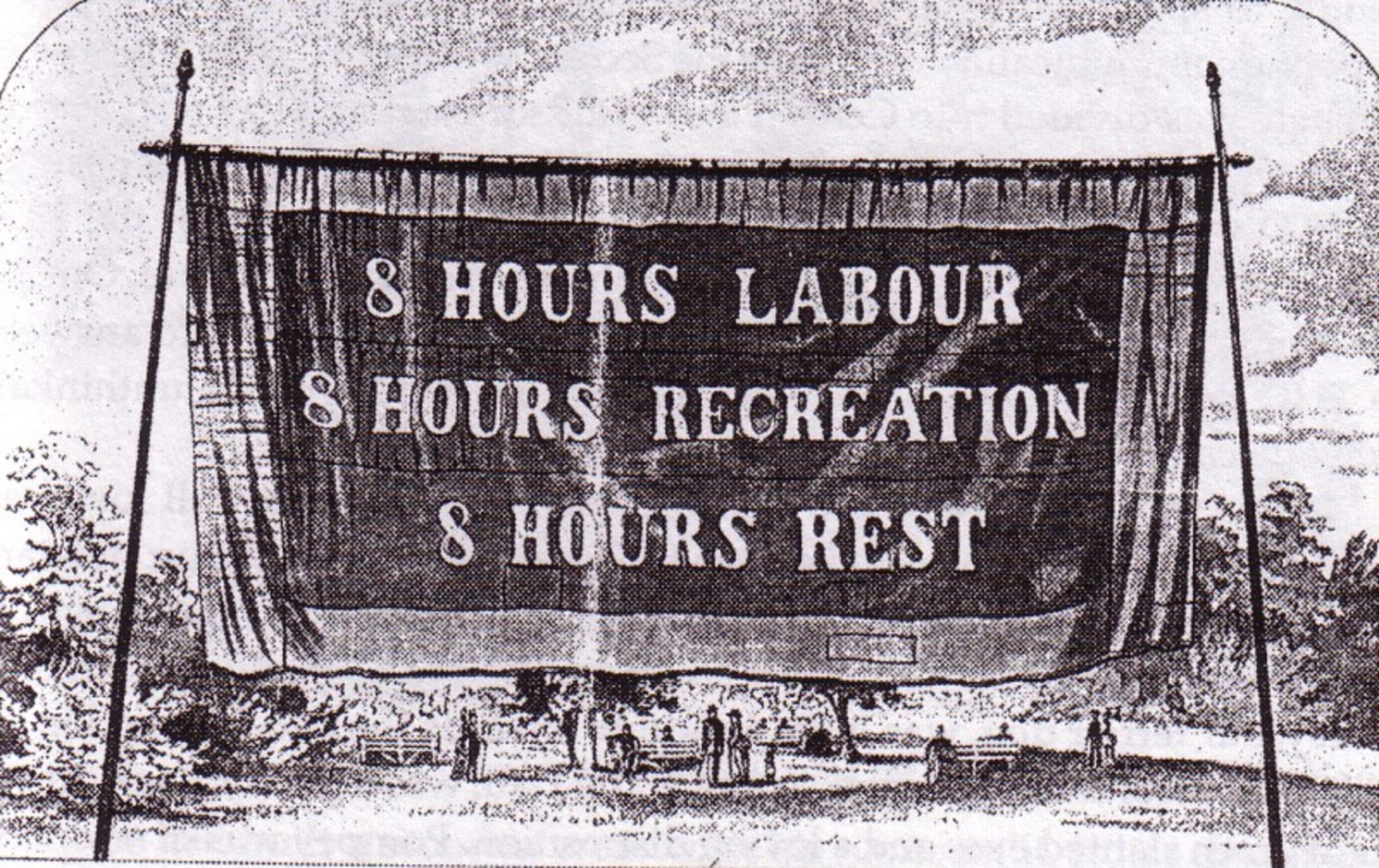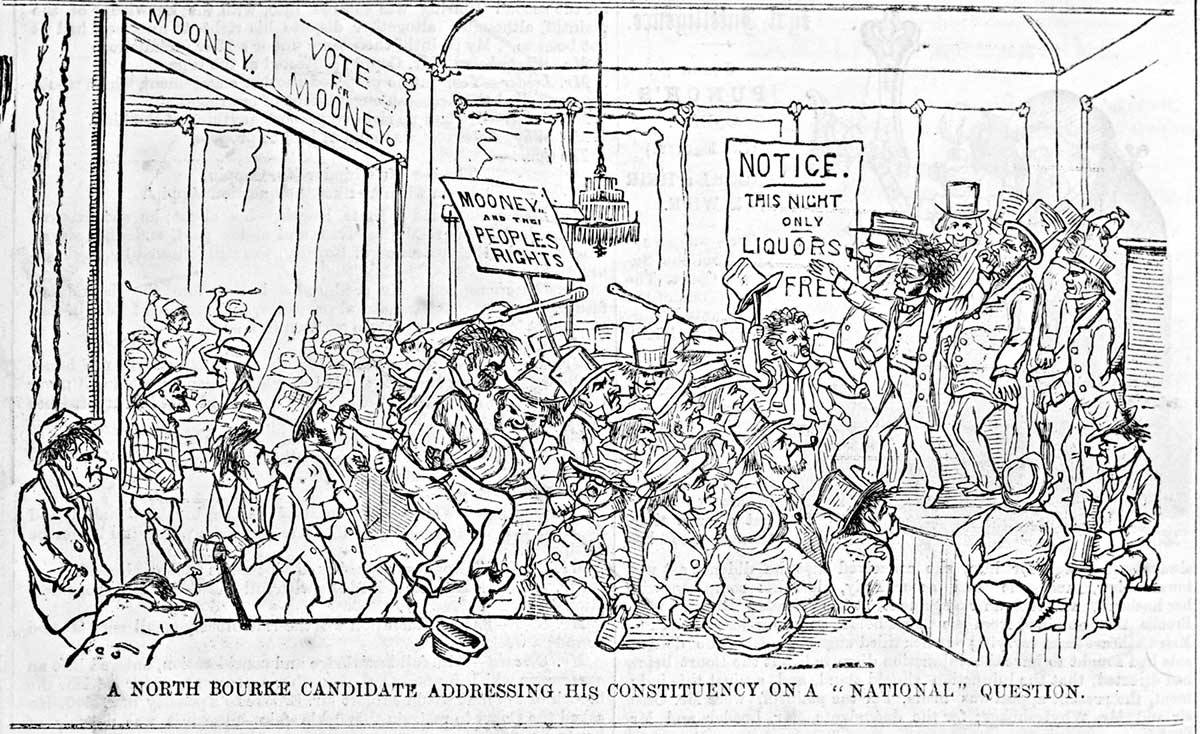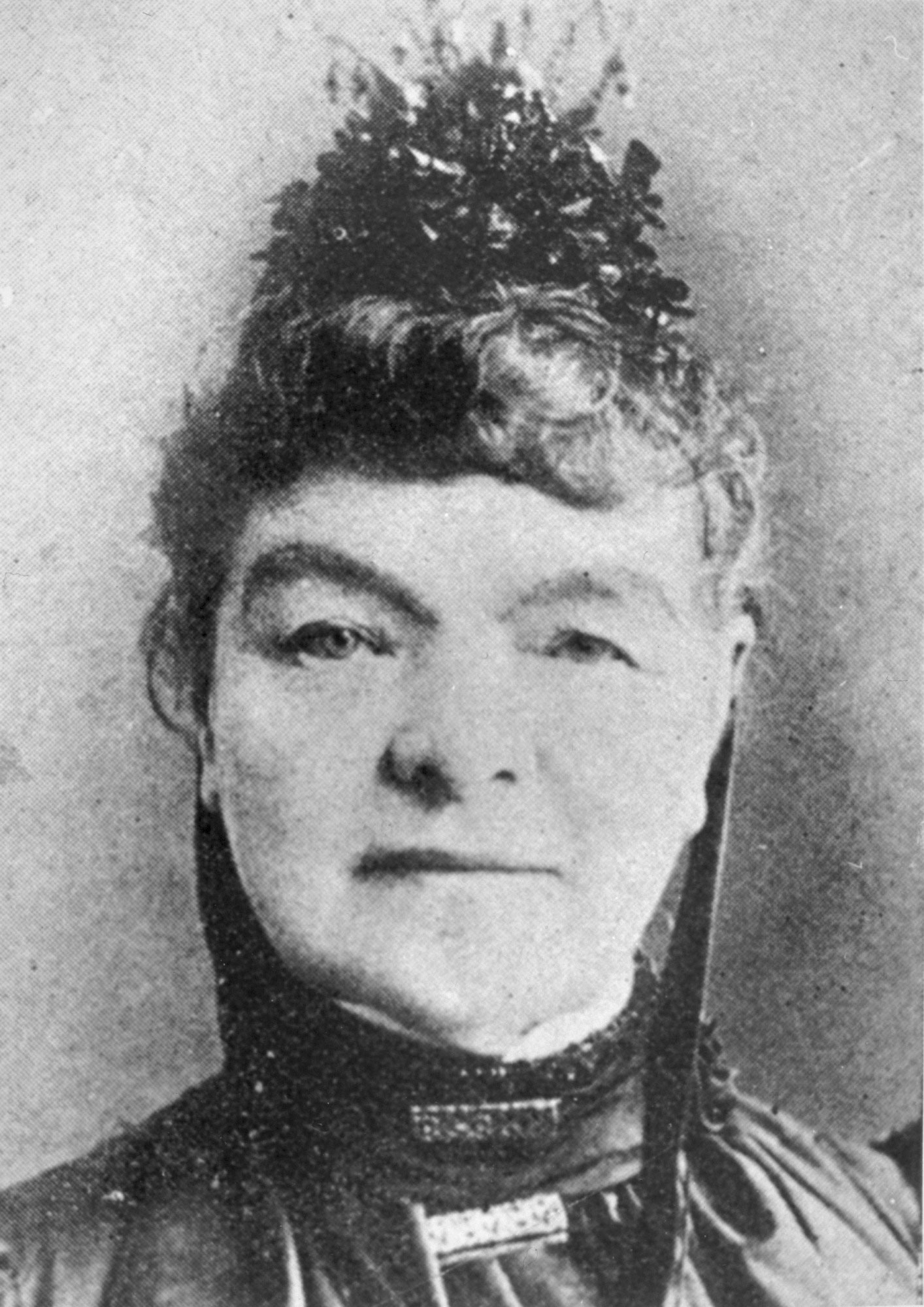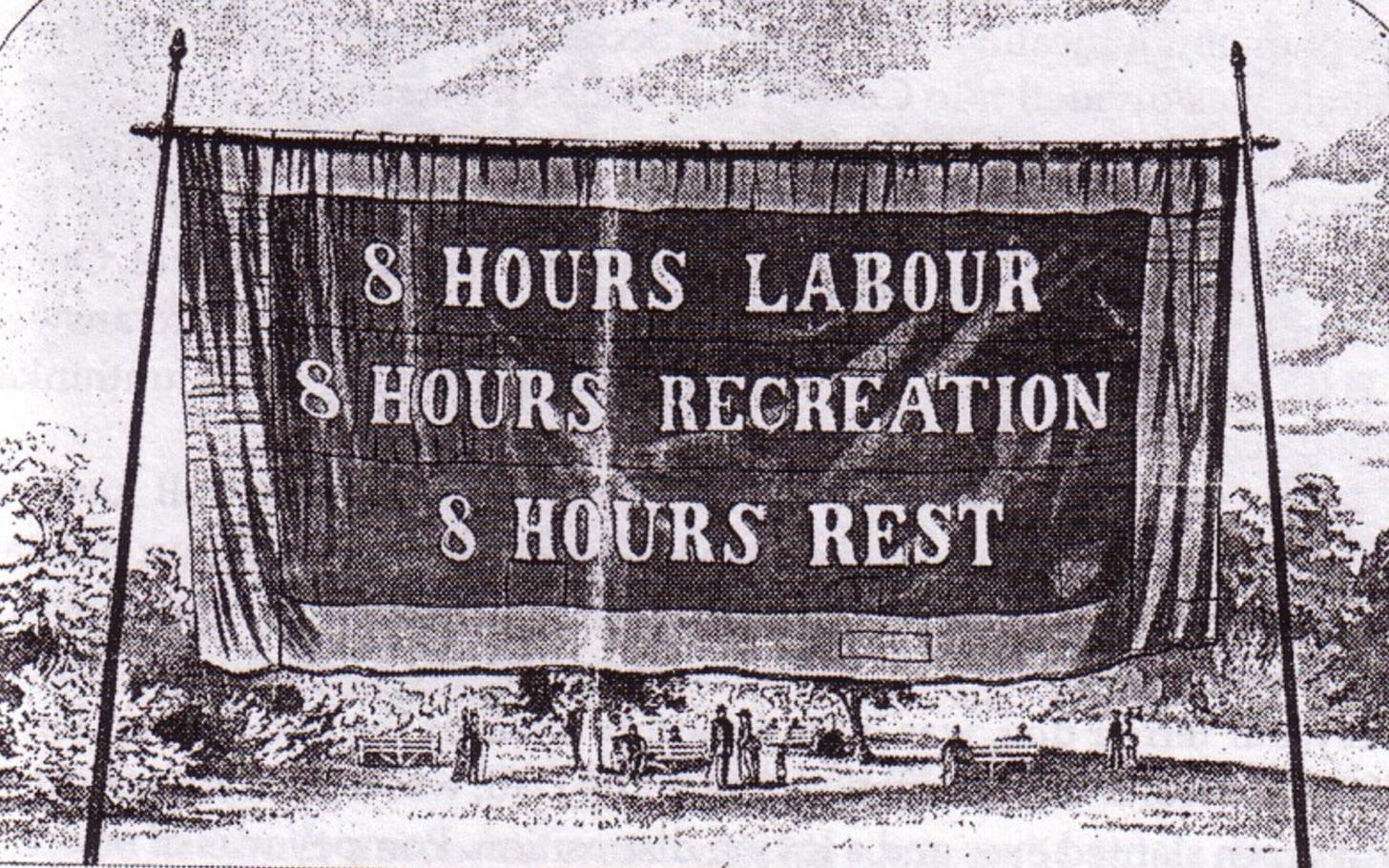Learning module:
Industrial Revolution Defining Moments, 1750–1914
Investigation 3: The Industrial Revolution: Australia and Ideas
3.2 Democracy
Before the Industrial Revolution Britain had a limited democratic system:
- Only men who owned some property could vote, and stand for election to parliament.
- Women could not vote at all.
- Members of Parliament were not paid, so only the wealthy could afford to stand for election.
- The electoral areas were not equal — areas with just a few voters could elect representatives, while large developing towns had no representatives at all.
- Voting was public, so a person standing for parliament could see who voted for him, leading to intimidation of voters.
- Parliaments were elected every four years.
During the Industrial Revolution people campaigned to change these conditions.
Here is when the changes were achieved in Britain:
| Idea | Britain | Australia* | How did this change improve the democratic system? |
|---|---|---|---|
| Male suffrage (vote) | 1918 | ||
| Female suffrage | 1918 (over 30) 1928 (over 21) |
||
| Secret ballot | 1872 | ||
| Payment of MPs | 1911 | ||
| Equal sized constituencies | 1885 | ||
| Annual parliamentary elections | Never — Elections not held every year, but every 5 years | ||
| No property qualifications for MPs | 1857 | ||
| Women stand for election | 1918 (over 21)** |
* Australia was a collection of colonies which gained its own governments at different times during the nineteenth century. In 1901 Australia federated to become a new nation with a national parliament. The colonies became states, and each had its own state parliament. ‘Australia’ refers to the first time these changes were made in a part of Australia — whether a colony, the nation, or a state.
** Even though women had to be at least 30 years old to vote in 1918, all women aged 21 and over could stand for election.
What happened in Australia? Was Australia influenced to make the same changes to its system of democracy, inherited from Britain?
Read the following evidence files, answering the questions in them as you go, then record the dates that Australia achieved these democratic changes in the table above. As you discover when each change occurred in Australia also explain briefly how it was an improvement in the democratic system.
| Evidence File A: Secret ballot and the male vote | Evidence File B: Women’s suffrage | Evidence File C: Other democratic reforms |
Evidence File A
1. What was the voting system before the change?
2. Suggest one disadvantage to voting in this way?
3. When and where did the system change?
4. What was the new system?
5. Add any new information about the dates of innovative reform and the implications for democracy to the table.
Evidence File B
6. Women got the vote in South Australia in 1894 and nationally in 1902. Why was it more likely that other states would allow women to vote in their state elections once there was a national law?
7. How did suffragists raise awareness of their cause? Are any of these methods still used today?
8. Add any new information about the dates of innovative reform and the implications for democracy to the table.
Evidence File C
Read this summary of other reforms in Australia.
|
Democracy, politics and identity in the colonies The end of convict transportation to the eastern colonies in 1853 and the spread of Chartist ideas on the goldfields and at the Eureka Stockade helped the process of democratisation in Australia. Chartism was the movement that developed in Britain in the nineteenth century. Chartists wanted reform of the political system to ensure responsible government — that is, government which is formed by and accountable to the voters. This idea involved reforms to broaden who could vote, how parliaments were to be elected, and who could sit in parliament. The Eureka Stockade involved a group of miners fighting soldiers and police at a rough stockade on the Eureka goldfield at Ballarat, Victoria in 1854. A key demand of the miners was a call for responsible government.
Developing responsible democracy Colonial laws were implemented by the Legislative Council, which consisted of members appointed by King George III. But in 1850 the British Government agreed to allow each colony, except Queensland (which was part of New South Wales until 1859) and Western Australia (which was still a tiny settlement), to develop a new set of fundamental principles or laws by which they would be governed. These constitutions would include self-government, which involved the right of each colony to elect its own parliaments and to make most laws for itself. New South Wales, Victoria and Tasmania gained the right to have popularly elected Legislative Assemblies in 1855. This was followed by South Australia in 1856, Queensland in 1859 and Western Australia in 1890. This new, more democratic system allowed the public to elect members who would represent the needs and interests of the community.
The lower house and the upper house The colonies all had a ‘bicameral’, or two-house, system of parliament: a Legislative Assembly (the lower house) and a Legislative Council (the upper house). The lower houses were the ones in which the government was formed, and which had the greatest power to make laws. The Legislative Assemblies were elected by manhood suffrage, which meant that adult men (aged 21 and over) would be able to vote. This was a very advanced democratic idea for the time. In Britain, for example, about 1 in 5 adult males could vote, as there was a requirement that a man had to own property of a certain value in order to be able to vote. Legislative Councils in the colonies still retained some undemocratic aspects, such as a property qualification for membership, and in some cases multiple voting rights for property owners, but the Legislative Assemblies were the main source of power and laws.
Payment for parliamentarians The introduction of payment of Members of Parliament, starting with Victoria in 1870, meant that ordinary working people, and not only the wealthy, could afford to stand for parliament.
Free and compulsory education Another important democratic development was the introduction of free and compulsory education, which allowed children to attend school up to the age of 13 without having to pay any fees. This would improve literacy rates within the generation, so that people could read, be better informed, and therefore become more responsible voters. Free, compulsory and secular (non-religious) education until age 14 was first introduced in Victoria in 1872, and adopted soon after by the other colonies, well before its implementation in Britain in the late 1890s.
Robert Lewis, The Story of Australia, Random House Australia, Sydney, 2017 pp. 138–140 |
9. Add any new information about the dates of innovative reform and the implications for democracy to the table.
10. What impacts did the development of ideas about democracy during the Industrial Revolution have on Australia?
11. Why would the Industrial Revolution have had such an effect on democracy?











